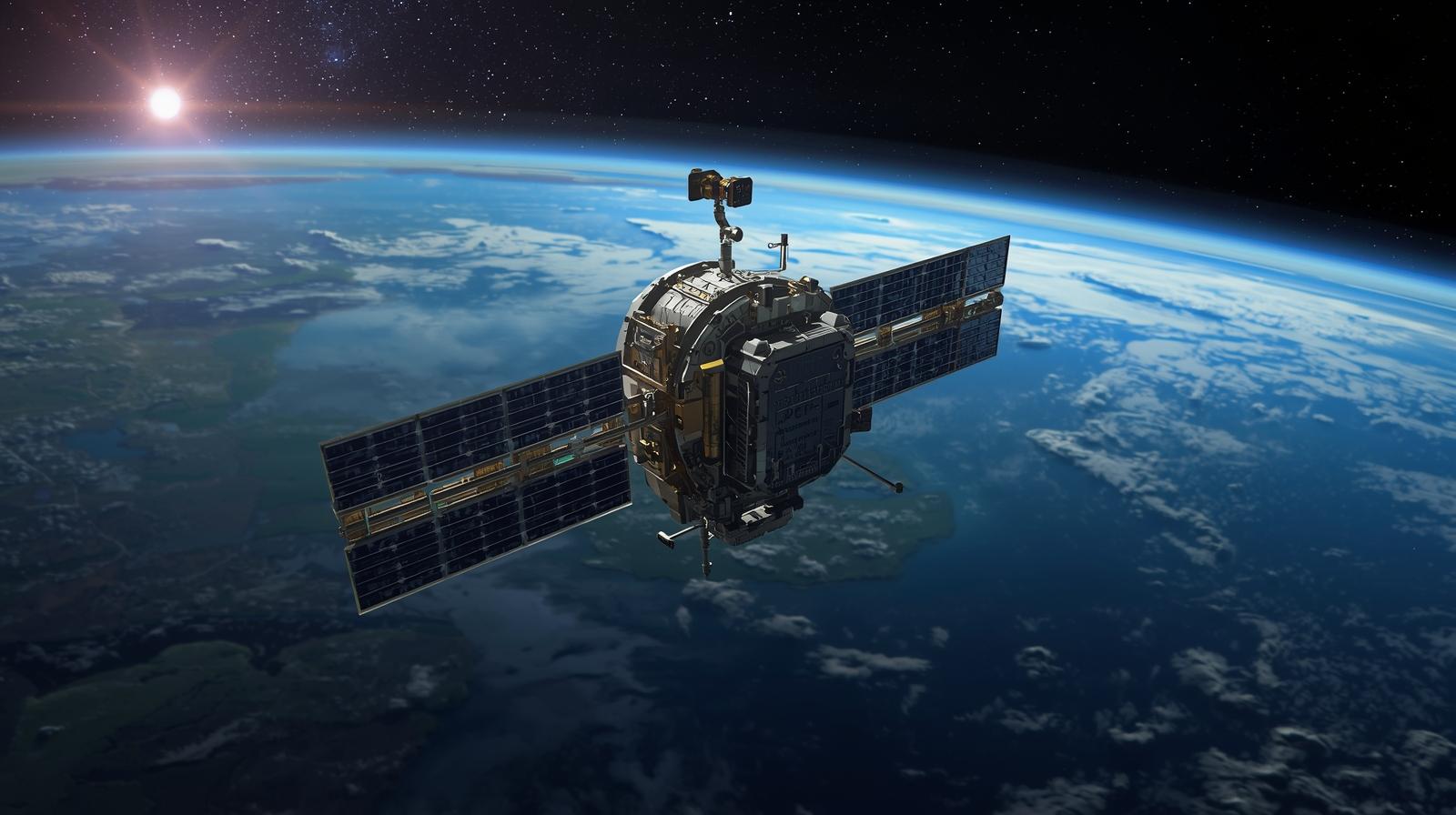The global Small Satellite Market is entering a transformative phase, defined by rapid advancements in miniaturization, materials engineering and intelligent subsystems. According to the report “Small Satellite Market by Mass (Small, Mini, Micro, Nano, Cube), Subsystem (Satellite Bus, Payloads, Solar Panels, Satellite Antennas), Orbit, Application, End Use, Frequency and Region Global Forecast to 2029”, the market is valued at USD 5.2 billion in 2024 and is projected to reach USD 11.2 billion by 2029, reflecting a strong CAGR of 16.6%.

This growth is supported by expanding commercial investments, government-led satellite programs, advancements in lightweight composites, compact payload technologies and a widespread push for cost-effective access to space. The ecosystem today includes over 266 market data tables and 79 figures with a comprehensive TOC available through MarketsandMarkets.
Download PDF Brochure @ https://www.marketsandmarkets.com/pdfdownloadNew.asp?id=150947396
Government Programs Strengthening Industry Momentum
Government agencies worldwide are acting as catalysts for the growth of the small satellite industry. Public-sector support through funding, infrastructure access and launch subsidies remains a key driver.
A well-known example is NASA’s CubeSat Launch Initiative, which offers valuable launch opportunities to universities, research teams and emerging space enterprises. By enabling hands-on experimentation and reducing cost barriers, such initiatives encourage innovation, promote technical capacity building and accelerate the development of advanced satellite designs.
Space agencies in Europe, India, Japan and other regions are also investing heavily in deployable communication systems, ISR missions, Earth observation constellations and scientific payloads. These government-private collaborations continue to strengthen global connectivity and space resilience.
Technology Trends Shaping the Future of Small Satellites
Miniaturization is evolving beyond simple size reduction. The industry is shifting toward intelligent, efficient and multi-capable satellite systems. Key technological developments include:
• Lightweight composite structures that reduce mass and increase durability
• Advanced payloads with higher imaging resolution and enhanced sensing capabilities
• High-efficiency propulsion technologies that improve orbital maneuverability
• Improved onboard processing that reduces dependency on ground stations
• Cost-effective manufacturing solutions such as additive manufacturing
These advancements are making small satellites more capable and more attractive for missions requiring rapid deployment, low-cost replacement or multi-satellite constellations.
Mass Segment: Small Satellites Expected to Grow at the Fastest Rate
The small satellites segment, typically weighing below 1000 kg, is projected to register the highest CAGR through 2029. Growth is being driven by:
• Rising demand for high-resolution Earth observation
• Expanding broadband requirements in remote and underserved regions
• Increased investment from government agencies and commercial operators
• Reduced launch and deployment costs
Small satellites are supporting a wide range of applications including global connectivity, environmental monitoring, navigation enhancement and defense communication, making them vital assets in the future space economy.
Payload Subsystem Segment Leading Market Expansion
Among all subsystems, the payload category is projected to grow the fastest. Payloads are responsible for enabling mission capabilities such as communications, sensing, imaging, scientific monitoring and climate research.
The demand for high-performance payloads is increasing due to requirements for:
• High-resolution imaging systems
• Advanced scientific instruments
• Environmental and climate monitoring sensors
• Secure payloads for defense and surveillance
These technologies enhance data accuracy, broaden mission applications and support areas such as disaster management, agriculture analytics, climate assessment and national security.
Commercial End Use Segment Expected to Show the Highest Growth Rate
The commercial sector is experiencing rapid expansion as industries recognize the benefits of satellite-enabled intelligence. The need for real-time insights, global connectivity and automated monitoring is creating strong long-term opportunities.
Key growth contributors include:
• Rising adoption of satellite-based broadband and IoT networks
• Increased demand for geospatial analytics in agriculture, insurance, mining and logistics
• Accelerated deployment of large constellations in low Earth orbit
• Expansion of satellite-based climate and environmental intelligence
• Growing private-sector investment in new-space ventures
These factors are establishing small satellites as valuable assets for commercial operations worldwide.
Regional Outlook: North America Maintains Market Leadership
North America is expected to retain the highest growth rate due to strong investments in space exploration and satellite deployment. The region benefits from:
• The presence of globally recognized space companies
• A robust launch infrastructure
• Significant funding for national security missions
• Federal initiatives supporting communication resilience and scientific exploration
Companies such as SpaceX, Lockheed Martin, Northrop Grumman, L3Harris and Planet Labs are key contributors to the region’s leadership in satellite technology.
Key Market Players
Some of the leading companies active in the small satellite market include:
• SpaceX (US)
• Lockheed Martin Corporation (US)
• Airbus Defence and Space (Germany)
• Northrop Grumman (US)
• L3Harris Technologies Inc. (US)
• Thales Alenia Space (France)
• Sierra Space (US)
These organizations continue to invest in advanced satellite buses, next-generation payloads, constellation development and global launch capabilities.
Ask for Sample Report @ https://www.marketsandmarkets.com/requestsampleNew.asp?id=150947396
The Small Satellite Market is rapidly evolving into a central pillar of the global space economy. From high-resolution Earth observation to global broadband coverage and scientific research, small satellites are enabling a new wave of innovation and digital transformation.
